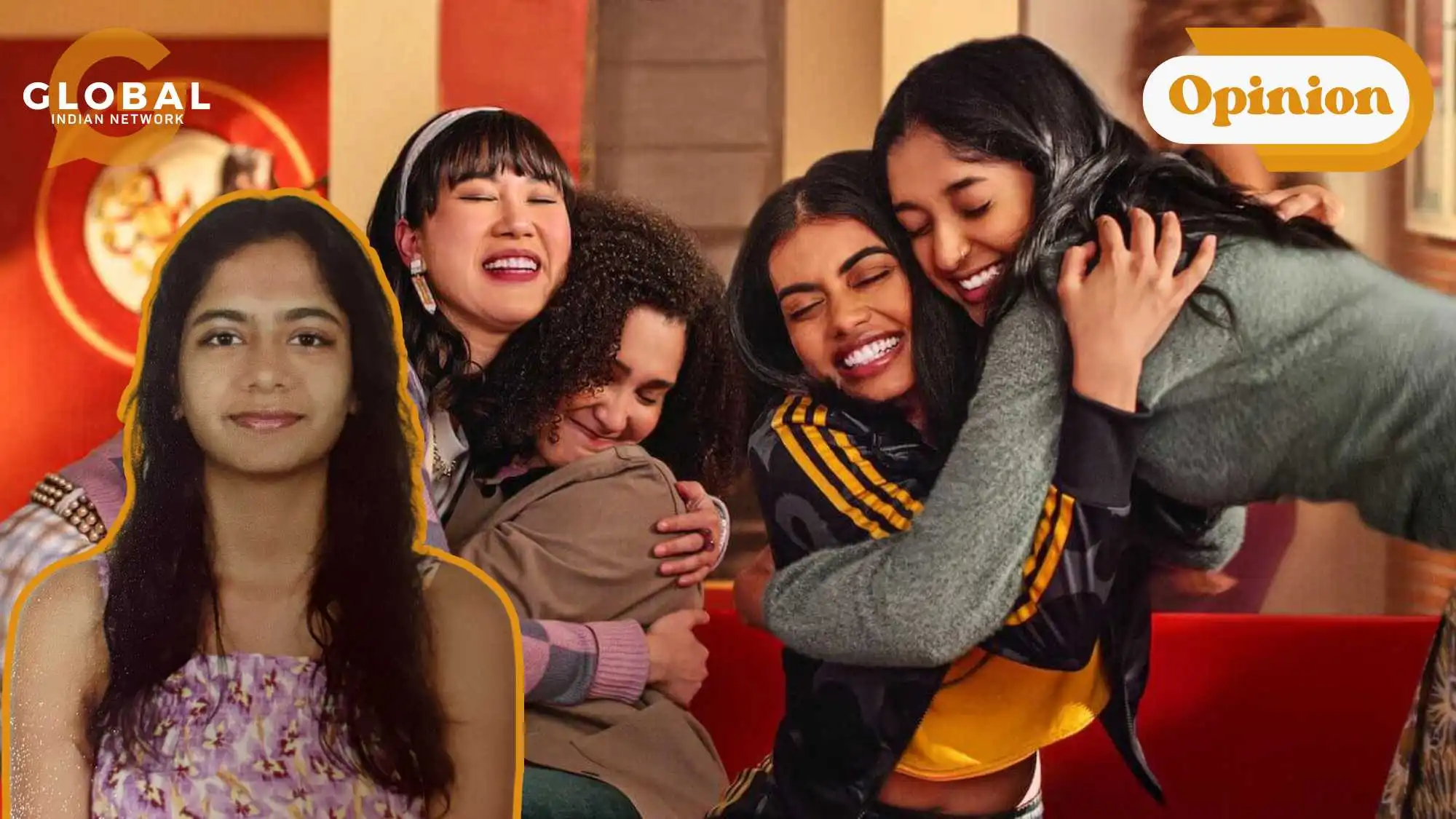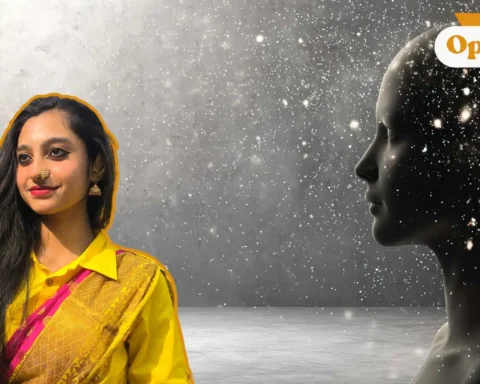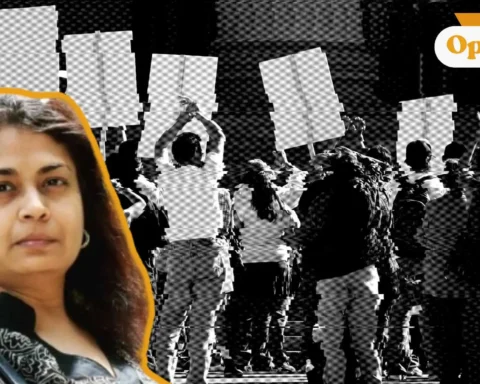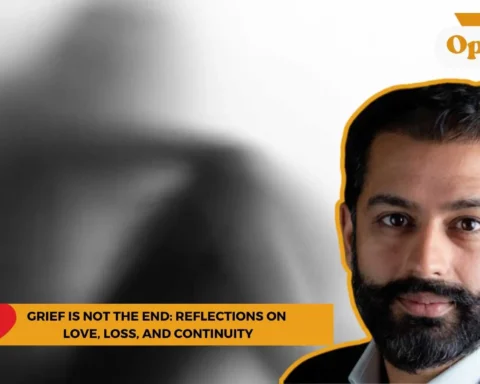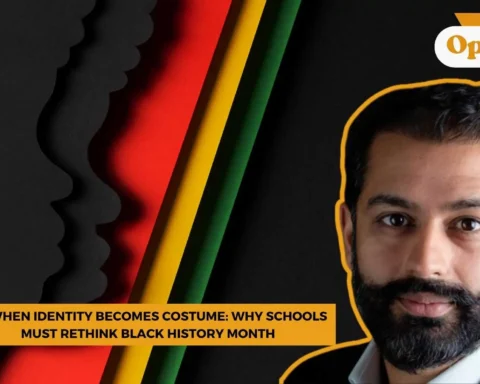It seems like the urge to appear “inclusive” by Western modes of entertainment has led them to increasingly incorporate Asian culture albeit very lazily. I say lazily because, at the end of the day, I am the brown girl, wearing a lehenga, eating curry, and studying hard not to disappoint my parents; this is how shallow the portrayal of brown culture is in Western media. To maximize their audience, they purposefully target places like India and South Korea (in the case of XO Kitty) so that the audience falls into the trap of false inclusivity.
Shows like Never Have I Ever and Bridgerton (season 2 particularly), as well as the movie Mean Girls, are going to be the main topics of discussion for this article. Never Have I Ever is a show about an Indian family living in America and is also written by an Indian, Mindy Kaling. One would expect that this show does an immaculate job of portrayal of brown culture; however, what is easy is to show an Indian mother with a funny accent and a chappal in her hand talking about how boys are not allowed in her daughter’s room; and the show, in a gist, does exactly this.
Rather than capturing the true essence of their Indian identity, it talks about a top-of-the-class girl who wants to excel in school but finds it hard to juggle her social life as well. One of the reasons for this is her strict mother. The icing on the cake is that she has two best friends; one of whom is East Asian, and the other is black (and the writer thought we would not notice). This constant yet tedious effort of forcefully including all cultures to make the show more rich and diverse does not really play out the same way with the respective communities.

Bridgerton season 2 had an Indian female lead, and Shondaland made it their whole personality to make it seem as Indian as they could. This included glamorous Indian weddings, and….. that’s it. This is all they could have come up with to portray the “Indianness” of their new female lead. It is the Western gaze that sees India as either poverty-stricken or an India of kings. Being a period drama, Bridgerton focused on the more royal part, but what they could have done was delve deeper into the history of the Indian household and give some unique nuance to the story.
The portrayal of brown culture could have been so much more. But another factor to be considered is that most of the South Asians who make or participate in these shows are children of immigrants. They are not in touch with how India really is and all their knowledge is what has been taught to them by their parents. Being physically away plays a major role in their understanding of the wide tapestry of India and they therefore, end up reducing it all to curry eating in elaborate weddings.
That is not what good representation means to me, personally. The storytelling could be enhanced, and more time should be given to the person’s background. It should be taken into account the fact that different social groups usually have different experiences of similar circumstances, not an artificial insertion into a generic story. Season 3 of Bridgerton, however, gave a negligible role to the same Indian woman, though in the context, she could have played a much bigger role as the woman of the house. This “using” of a racial community in the pretence of inclusivity does only so much and only looks good at face value.
Lastly, while there is not much to say about Mean Girls, my younger self has always been uncomfortable by how the only Indian character is shown on the big screen. Kevin Gnapoor is this mathlete who is the biggest mathematics nerd. It is as if being Indian automatically translates into being good at maths. Further, his character is that of someone who passes snide comments casually, which does not sit right with me. But it can be ignored because he does not have a major role; he is more like a “stock Indian character”.
So Indians wear heavy, colorful clothes, eat spicy food, have elaborate weddings, and have strict parents, but what else? It is high time that this portrayal of brown culture is challenged, and Indians are seen as more than just a homogenous group that bonds over Butter Chicken and Chai Tea. While ‘any representation is good representation’ might have worked in the past, we have come a long way to still look for the Western privilege. It is time that we start appreciating the Indian gaze more than the Western gaze, which has only ever tried to fit us into their presumed image of India.

Let us know your views on the mis-representation of Asian characters and culture on Western shows in the comments below, or you can also share your piece with us at larra@globalindiannetwork.com. Make your voice heard!




